Any discussion of woodworking machinery should begin with shop safety; hand tools require safety precautions as well. Woodworking machines are made to cut, chop, abrade, slice, drill and shave materials that are considerably harder then human skin.
When used carelessly, machines are dangerous and when used properly, machines can be a wonderful help.
Wherever woodworkers gather, stories of accidents and near-misses come up sooner or later. Perhaps the term ‘accident’ is misleading here because ‘accident’ implies the injured person is a ‘victim’ of circumstances beyond their control; in most cases, it may be more appropriate to say that the ‘perpetrator’ suffers the consequences of his or her own carelessness.
Consciousness of safety is the first requirement of good craftsmanship. Here are several things you can do to protect yourself while working with wood, either with machines or hand tools.
- Wear hearing and eye protection when using saws, routers, sanders and other equipment. To keep splinters and dust out of your eyes, use large plastic safety goggles, a face shield or safety glasses.
- Goggles – the rigid lenses of safety goggles are surrounded by a soft plastic frame that fits and seals against the contours of your face. The sides are ventilated to prevent condensation and they can be worn over prescription eye glasses.
- Hearing protectors – earplugs and padded ear muffs protect your hearing from overexposure to noise. Always wear protectors when using noisy power tools that could cause long-term damage to your hearing.
- Keep your workshop area clean and neat so you won’t trip over a scrap of wood or an extension cord at an inconvenient moment.
- Tie up long hair; don’t wear loose-fitting clothing or any jewelry. All of these items can get caught in the machines and drag you towards the blades or other sharp parts.
- Don’t use machinery when you are tired or have consumed alcohol – any amount of alcohol, even a little bit is too much for operating machinery. This type of machinery is dangerous enough when you are fully alert, so why increase the odds of an accident?
- Focus on what you are doing at all times and take a break if you mind starts to wonder. You are most likely to have an accident when performing the same operation over and over again. Walk away for a few minutes between cuts.
- If you are not comfortable making a cut or aren’t sure if a particular cut is safe, get advice or help before you try it. Find a friendly woodworker to ask, perhaps at the local high school or college.
- Keep saw blades sharp. The harder you have to push, the less control you have over the wood. This can cause slips and loss of fingers or worse
- Be prepared for accidents. Consider these questions:
- Where is your telephone?
- Where is your first aide kit? – You should always have an extensive first aide kit available at all times.
- Where is the nearest person who can help you? – You should never be alone while woodworking.
- Can you give clear directions to your shop over the telephone?
- Are you familiar with basic tourniquet and first-aid techniques?
- If a serious accident does occur, call 911, not your friend. Your friend will not be able to help you if you suddenly go into shock on the way to the hospital.
- If you should be unfortunate as to sever any fingers, take them with you to the hospital in case they can be reattached. Severed fingers should be wrapped in gauze and soaked in a cup of salty water that is kept cold in ice; the fingers should never touch the ice.
Breathing sawdust is not healthy; it can be allergenic, toxic and carcinogenic. The sawdust from some imported woods, including teak, is particularly harmful and is know to cause skin rashes and repertory problems several studies have shown that woodworkers have a high rate of nasal cancers.
Because even a little sawdust can clog sinuses and aggravate allergies, try to wear a mask whenever you make dust, whether it’s from machinery or sandpaper or sweeping the floor. Masks range from thin paper with an elastic strap to the thick rubber with a replaceable toxic-fume-proof filter. They heavy-duty masks are generally unpleasant to wear so some compromise will need to be made between efficiency and comfort.
Some of the solvents and finishes used in furniture finishing are also allergenic, toxic and carcinogenic. Petroleum distillates in commercial oil finishes, naphtha and benzene are all suspicious of contamination. Because many of these solvents are toxic to the human body by breathing or through skin contact, it’s a good idea to wear rubber gloves and a toxic-vapor mask when working with them.
Wood shop accidents happen in an instant, especially with power tools. The results can be irreversible and even life-threatening. Your first line of defense against mishaps is really simple; Think Before Acting. Respect the capabilities and dangers of your tools and know how to use them safely.
Plan your work so you can get help lifting or moving heavy objects. Set high standards for tool maintenance and operations. Never use dull blades or bits. Remove guards and other safety devices only when absolutely necessary. And keep your work area clear of debris and clutter.


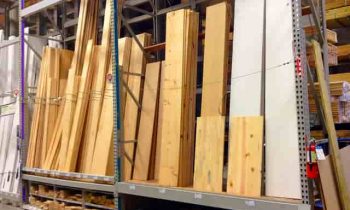 Hardwoods Vs Softwoods
Hardwoods Vs Softwoods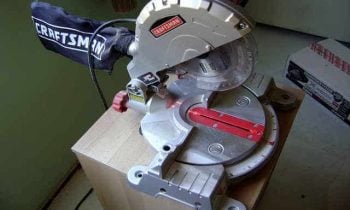 Choosing Woodworking saws
Choosing Woodworking saws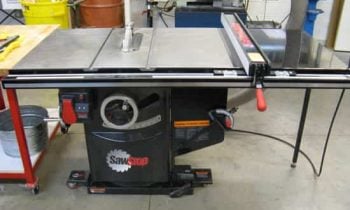 Jet Woodworking Tools
Jet Woodworking Tools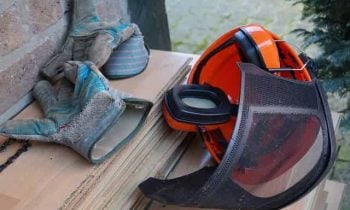 Quality Woodworking Tools
Quality Woodworking Tools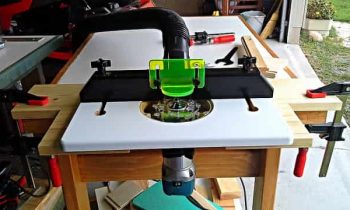 Large Woodworking projects
Large Woodworking projects